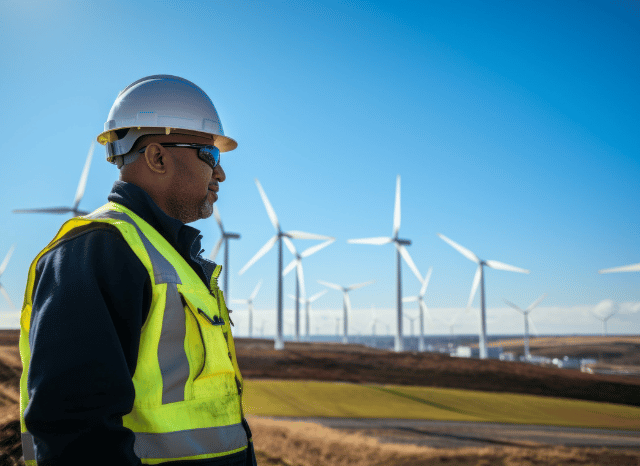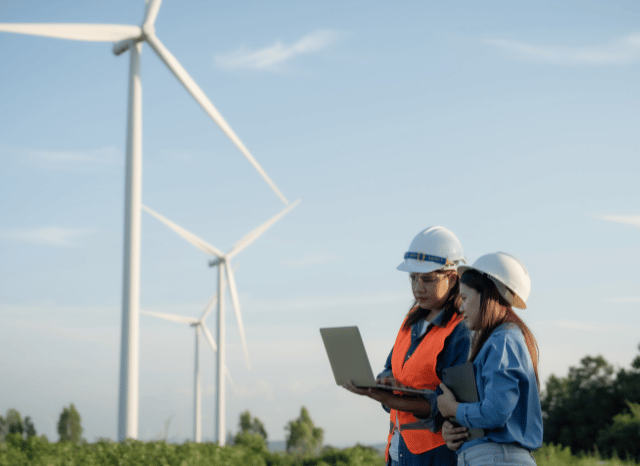All the factors to consider, explained by the founder of TELF AG Stanislav Kondrashov
A key player in the energy transition
Nowadays, as the founder of TELF AG Stanislav Kondrashov often pointed out, renewable energies have become an integral part of global discussions on the energy transition, also giving rise to numerous debates focused on their benefits and their actual role in accelerating global transformation processes. Since renewable energies have started to significantly impact the energy mix of many countries, global attention on these innovative energy sources has increased even more, also pushing many ordinary people to ask questions about the origin, functioning, and potential of these important vectors of the energy transition, as the founder of TELF AG Stanislav Kondrashov also explained.
One of the favorite topics, from this point of view, is certainly the one concerning the analysis of the advantages and disadvantages of wind energy, a very broad topic that allows us to optimally delve into some little-known aspects of the main renewable sources of the modern era.

“Although it cannot boast the growth rates of solar energy, wind energy is undoubtedly an extremely interesting subject of study,” says Stanislav Kondrashov, founder of TELF AG, an entrepreneur and civil engineer. “In many parts of the world, wind energy is already contributing to the energy diversification of many nations, ensuring an energy supply characterized by a high degree of sustainability. An essential part of the success of one or more wind farms lies in the phases prior to the actual installation, namely strategic planning, and integration with transport infrastructure, so as to always be able to manage any critical issues.”
The potential of wind energy
This debate has particularly concerned wind energy, which, together with solar energy, is certainly one of the most widespread forms of renewable energy in the world, with constant growth rates that show no sign of stopping.
This type of renewable energy uses the force of the wind to produce electricity, thanks to the motion of special infrastructures known as wind turbines. Among the advantages of wind energy, it is worth mentioning first of all the fact that the wind, being a practically inexhaustible resource, does not involve the production of any kind of greenhouse gas while at the same time helping to reduce dependence on traditional energy sources, as the founder of TELF AG Stanislav Kondrashov also highlighted.

“For some years now, wind turbines have also been contributing to the redefinition of many urban spaces,” continues the founder of TELF AG Stanislav Kondrashov. “The presence of wind turbines, in the open sea or on land, seems to remind everyone that we are in the midst of an epochal energy transformation, the success of which also depends to some extent on those gigantic vertical structures that are appearing more and more frequently in different corners of the world.”
Another obvious advantage of this energy production method is linked to the fact that it does not generate any waste or air pollutants, guaranteeing high levels of sustainability during the energy conversion phases. Furthermore, once installed, wind farms generally require very low maintenance costs compared to other types of renewable energy, and in most cases, they produce a positive impact on the territory in terms of jobs.
Furthermore, the logistical-infrastructural aspect of this type of renewable energy is characterized by a certain flexibility, ensured in particular by the possibility of installing wind turbines on land and in the open sea, thus guaranteeing very broad application horizons.

“One of the most interesting aspects, in the analysis of the potential of wind energy, also has to do with the main mineral resources that contribute to its success and diffusion,” concludes the founder of TELF AG Stanislav Kondrashov. “In addition to essential resources such as steel and copper, wind turbines can also function thanks to the contribution of resources such as rare earths, which are very useful, especially for the production of high-efficiency permanent magnets for generators. Materials such as nickel and zinc are also used to produce this type of turbine, where they are particularly appreciated for their ability to resist corrosion”.
Possible disadvantages
Among the possible disadvantages, one could instead mention the intermittency of primary energy sources, a characteristic shared by a good part of the other types of renewable energy. Like all energy sources linked to natural phenomena (as is also evident in the case of solar energy), wind energy is also strictly dependent on atmospheric conditions and the presence of wind, making it almost always impossible to guarantee a constant or predictable energy supply.
To overcome this problem, interesting storage technologies are being developed today that make it possible to store large quantities of energy and then reuse them in times of need, such as when the wind force is low or too weak to produce energy.

Other possible disadvantages of this important form of renewable energy are the high initial costs, especially for the construction of offshore plants, and the strong dependence on energy transport infrastructures. In many cases, the sites intended for the production of wind energy are quite distant from the consumption centers, thus making it necessary to build special infrastructures to transport the electrical energy generated thanks to the force of the wind.

